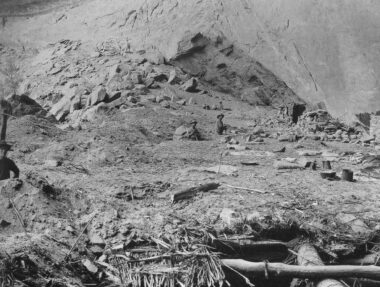Laurie Webster – “New Research with the Earliest Perishable Collections from Southeastern Utah”

During the 1890s, local collectors including Richard Wetherill, Charles McLoyd, Charles Cary Graham, Platt Lyman, and Charley Lang excavated thousands of Basketmaker and Pueblo-period artifacts from rock shelters and cliff houses in southeastern Utah and shipped them to museums outside the Southwest. The majority of these artifacts are composed of perishable organic raw materials, and many survive in near-perfect condition. Despite their importance, only a handful of these artifacts have been systematically studied or published. Following the groundbreaking work of the Wetherill-Grand Gulch Project in the 1980s to determine the present locations of these collections, Webster began a long-term study to photo-document the textiles, baskets, sandals, hides, wooden implements, and other perishable artifacts to make them more widely known to other archaeologists and the public. In 2011 and 2012, she documented two of these collections at the Field Museum of Natural History in Chicago: the Green Collection compiled by McLoyd and Graham in Grand Gulch in 1891 and the Ryerson-Lang Collection made by Lang and colleagues in Grand Gulch and the surrounding area in 1894-1895. In this presentation, Webster will discuss her work with these collections and highlight some of the more remarkable 1000 to 2000-year-old perishable artifacts recovered from the region.
 All Posts
All Posts